This approach gives you cost-effective, practical solutions for handling moisture and mold issues in your home while also maintaining a comfortable environment.
Tips 07/06/2025 11:04
Tips for dealing with moldy and peeling walls
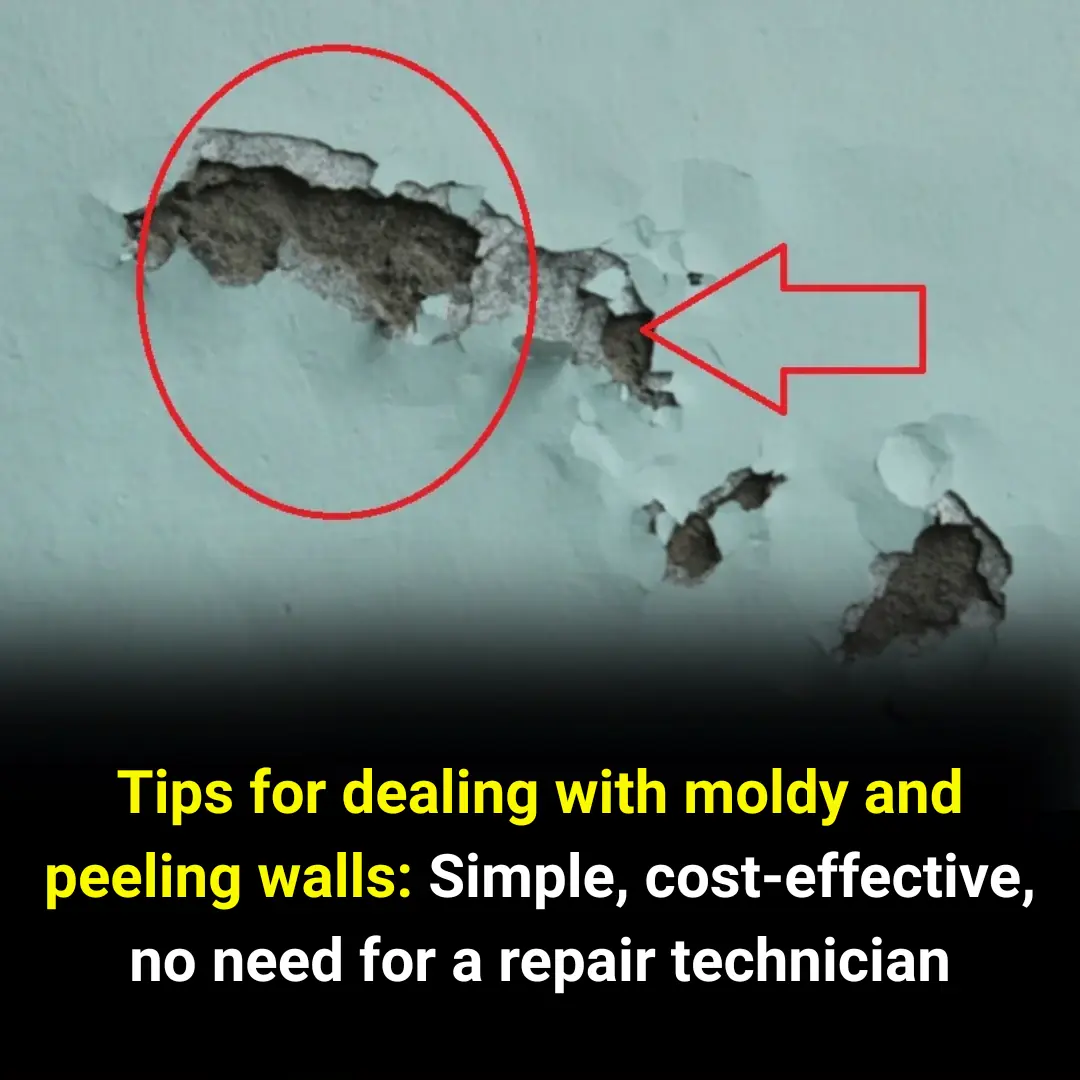
If your walls are prone to dampness, mold, peeling, or unsightly patches, you may often have to call a professional and spend a lot of money to fix these issues. However, with the following simple tips, you can make your walls look smooth and fresh, just like new, without spending a lot.
How to Treat Moldy Walls
1. Use the Dry Brushing Method
During the rainy season, many homes face mold problems. In such cases, you can start by dry brushing the moldy spots. Use a soft cloth soaked in alcohol to wipe down the walls, helping prevent further mold growth. However, this method works best if the mold is newly formed and the affected area is not extensive.
2. Using Bleach
If your walls are covered in mold, you can mix bleach with water in a ratio of 1:99 and pour it into a spray bottle. Spray the solution onto the walls and let it sit for a while so that the bleach can work to fade the mold stains. Afterward, use a brush to gently scrub the mold and wipe it off with a clean cloth.
For heavier mold infestations, you can mix a stronger bleach solution with a ratio of 1:20.
This method is suitable for mold that has not been on the walls for long. For more severe mold infestations, professional steps may be required, such as sanding the walls, applying a waterproof primer, and then applying a topcoat of paint.
How to Treat Peeling and Blistering Walls
The first step in fixing peeling or blistering walls is to remove the peeling parts and scrape off the plaster layer. Then, smooth and polish the wall using sandpaper. Finally, apply a layer of primer and a topcoat of paint.
If the peeling area is large, after scraping off the damaged areas, wait for the wall to dry completely before proceeding with further treatment. During this process, make sure to apply a waterproof coating to the bottom of the walls and patch up any cracks.
Avoid painting the walls during the rainy season.
Alternatively, you can use wallpaper or wall stickers as a temporary solution for families who cannot address the mold problem immediately.
To cover up mold and peeling spots, you can use PVC sheets or wall stickers. Before applying, scrape off the peeling paint.
This method is cost-effective and quick but only addresses cosmetic issues, not the root cause of the mold.
Methods for Preventing Moisture in the House
1. Use a Dehumidifier
You can use a dehumidifier to reduce the moisture level inside the house.
Additionally, using moisture-absorbing materials like silica gel, activated charcoal, lime, or charcoal can help absorb moisture and prevent dampness. Simply place one of these materials in a small cloth bag, tie it up, and place it in the corners of your rooms to reduce humidity.
2. Close Doors During Humid Weather
During humid weather, you should close doors and windows to prevent your house from "sweating." On dry days, open the doors to ventilate the room and reduce the moisture level in the house.
3. Use an Air Conditioner
You can also use an air conditioner to absorb moisture in the house. When the humidity is too high, turn the air conditioner to dehumidifying mode for 2-3 hours to help reduce moisture in the room.
News in the same category

When Buying Shrimp, Be Extra Cautious to Avoid These 5 Types of Harmful “Hormone Shrimp”
Tips 07/06/2025 18:53

4 types of water full of bacteria, nutritionists warn to stay away

Don't Do This After Washing Your Clothes! What You Think Is a "Good" Habit Could Be Causing You Disease

When buying shrimp, you have to "keep your eyes open" to avoid these 5 types of "toxically injected shrimp" that even long-time shoppers can easily mistake!

7 creatures that can get into your toilet and how to avoid them
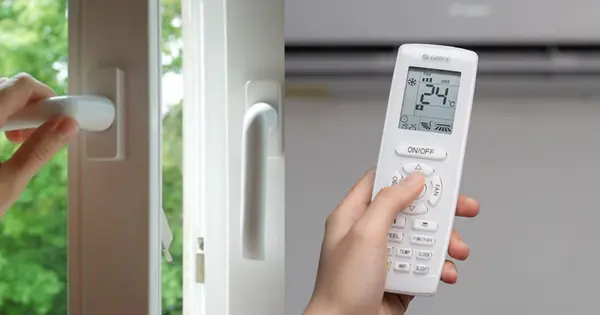
How to use air conditioner properly
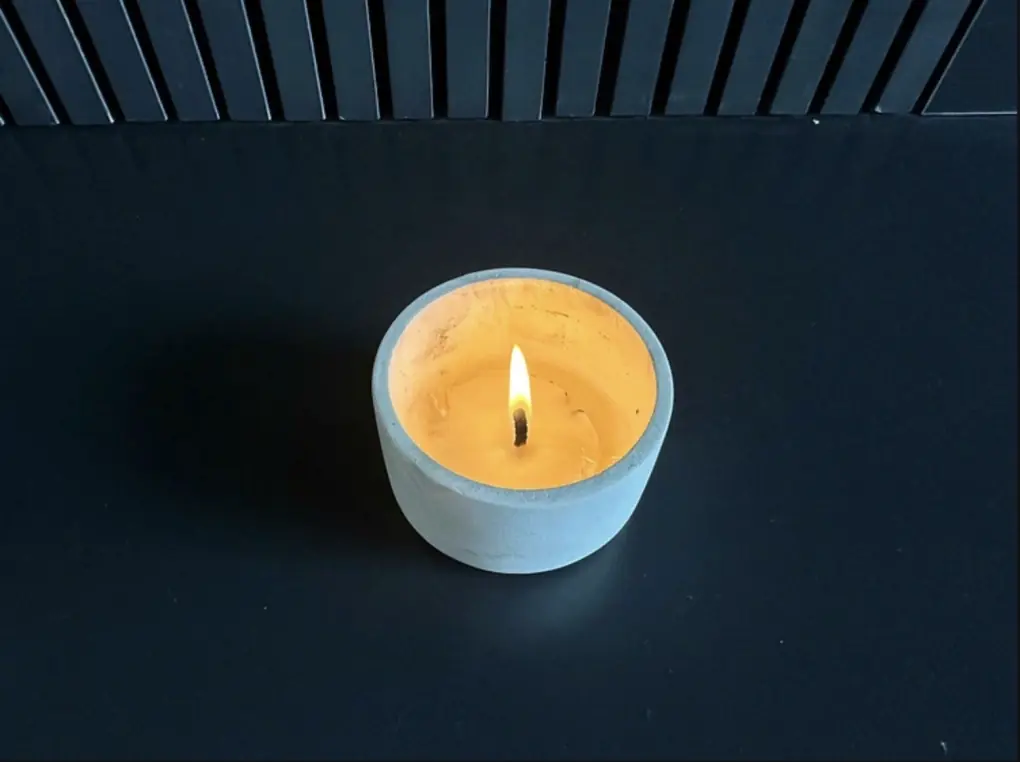
3 familiar household items that are harmful to health

6 eating habits that silently destroy your health

7 “Golden” Summer Vegetables: Fresh, Chemical-Free, and Worth Eating Every Day

4 effective ways to ensure your home is free of cockroaches
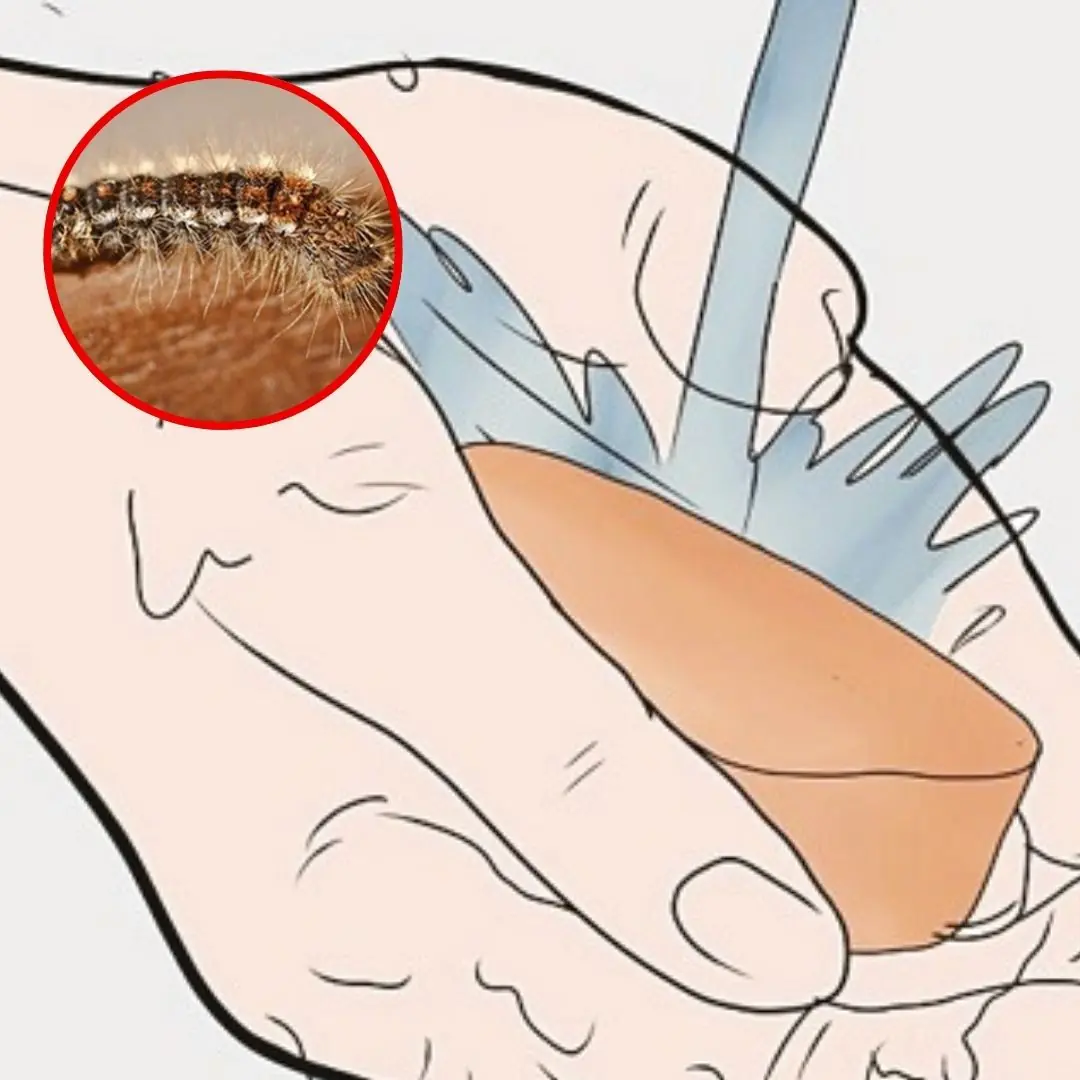
Caterpillar on you: 5 simple steps to treat at home

Put them in your home and mice will run away

Drinking Coffee at These Two Times Is Like “Poiso.ning Your Body”

No Need for Sprays or Mosquito Nets: Just Place This Herb in Your Room and Mosquitoes Will Flee

Hotel Check-In: Say These 3 Sentences to the Front Desk for Instant Perks!
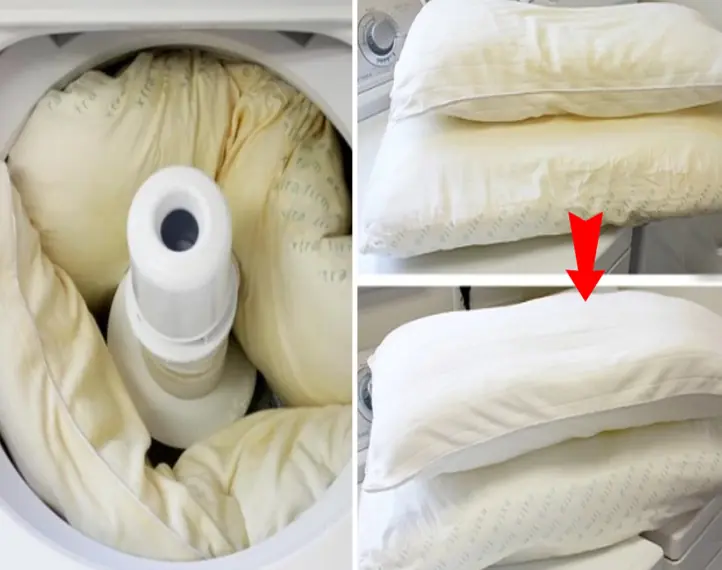
Tips for cleaning yellow pillow cores with tiny mold spots
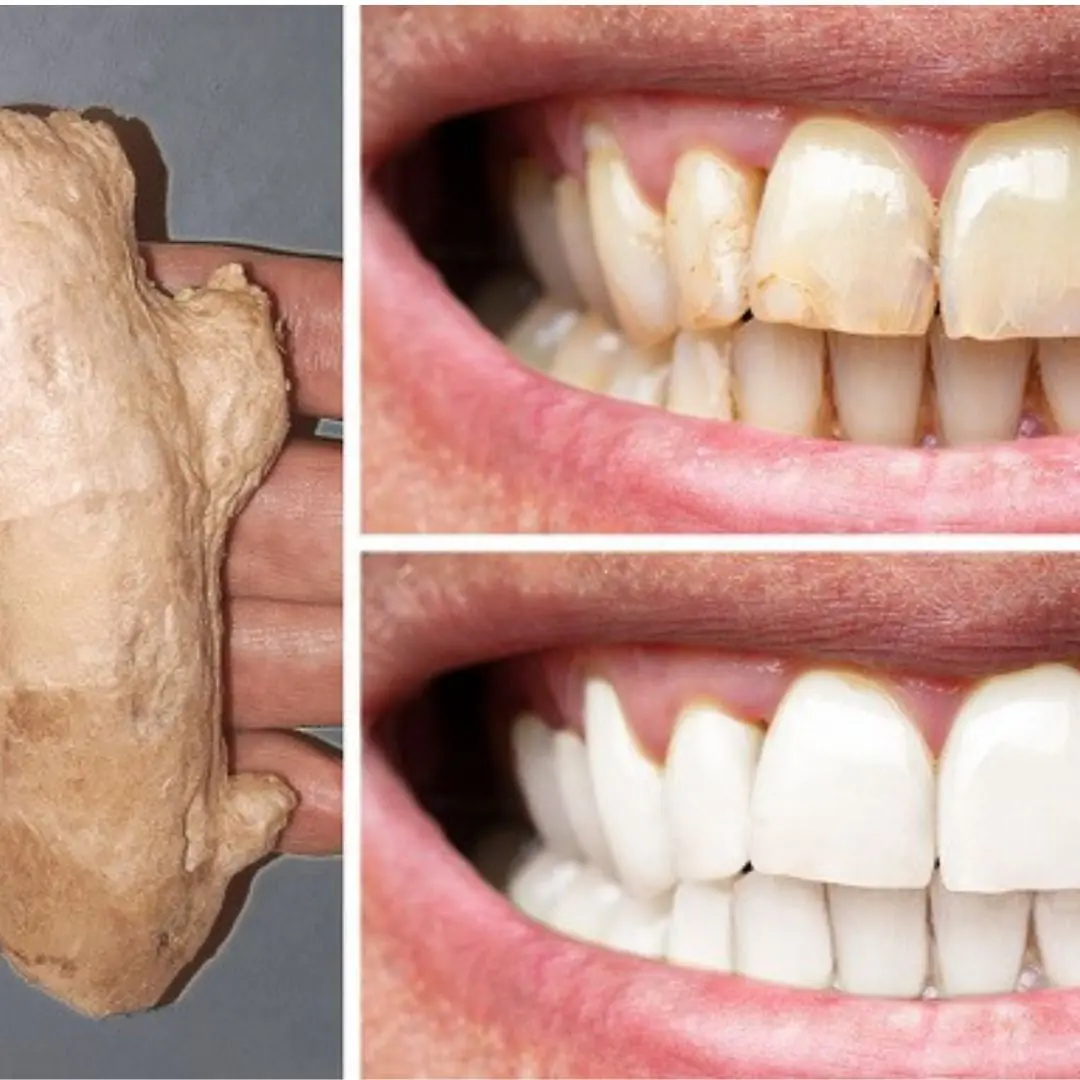
7 Natural Tips to Improve Teeth Whiteness at Home
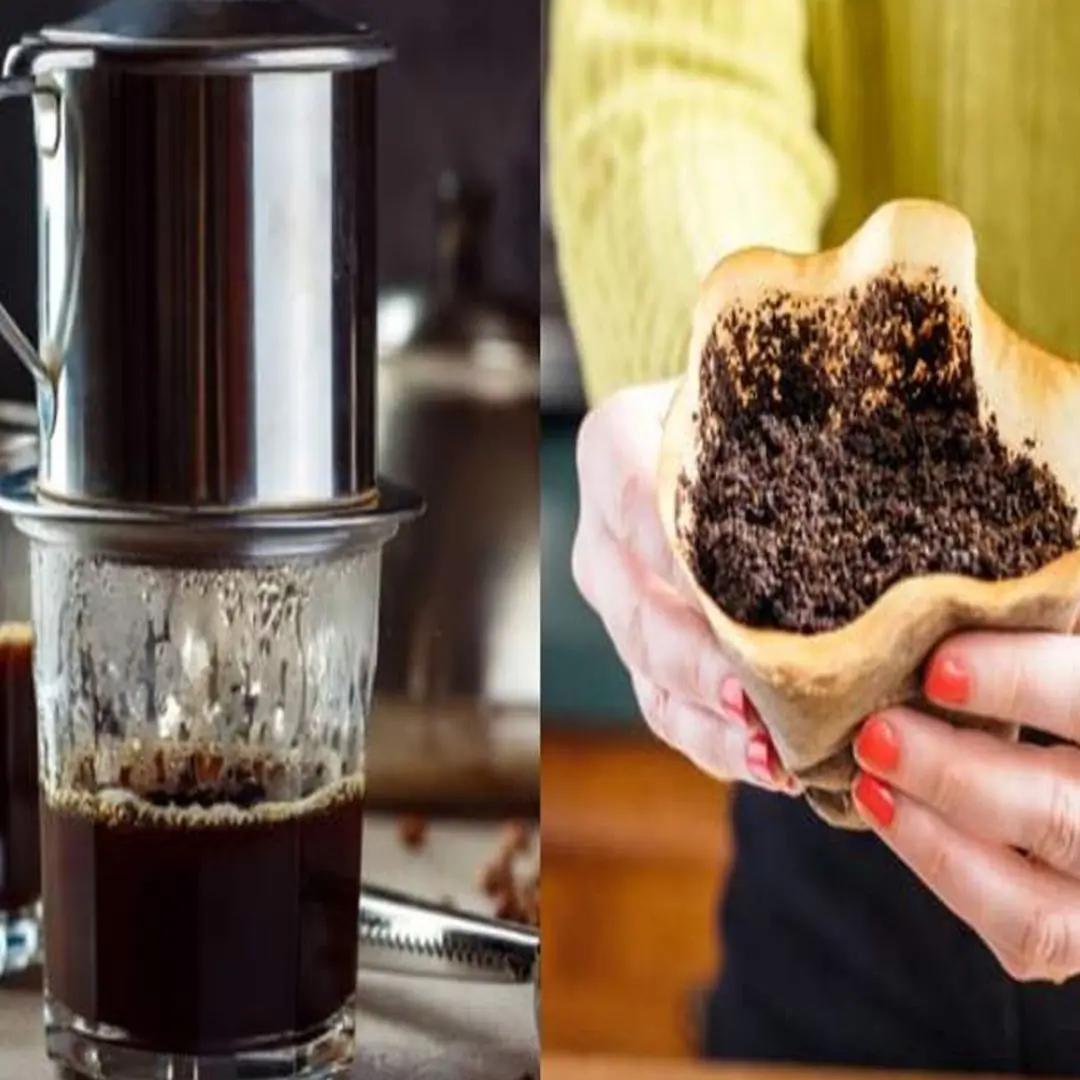
Throwing away coffee grounds is like throwing away money. Uses of coffee grounds that every home needs

Thought You Had to Simmer Pork for Hours to Make It Tender?
News Post

When Buying Shrimp, Be Extra Cautious to Avoid These 5 Types of Harmful “Hormone Shrimp”
Tips 07/06/2025 18:53

10 Visible Signs of Liver Damage You Can Spot with the Naked Eye
Facts 07/06/2025 18:36

5 Things You Should Never Put in the Washing Machine
Facts 07/06/2025 18:34
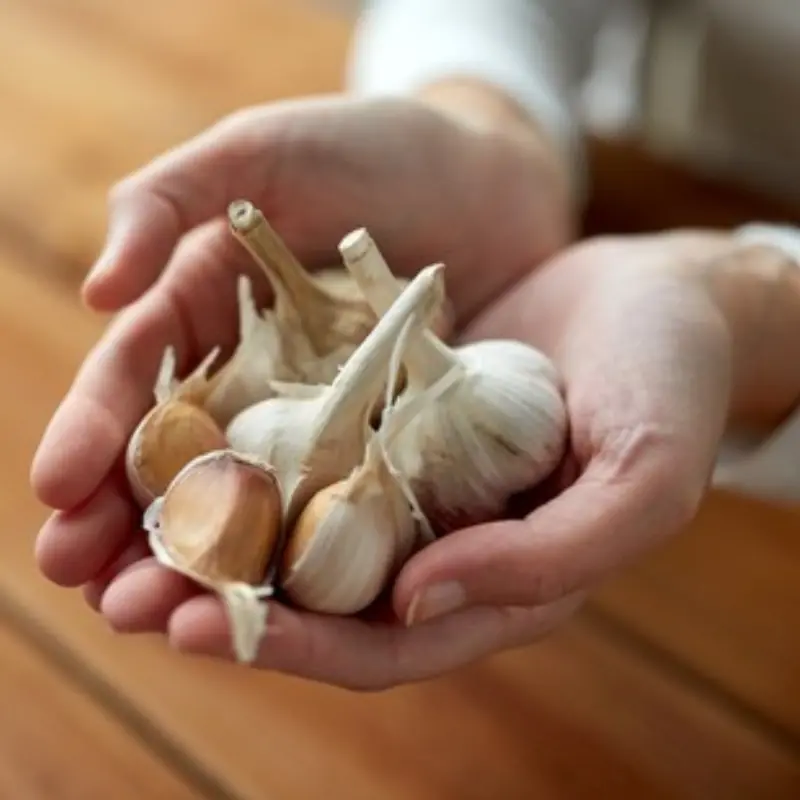
6 Vegetables That Help Detoxify the Body and Lower Liver Enzymes
Facts 07/06/2025 18:06

Unleashing the Magic: Lemon Seeds in Banana for Healthy Sprouting
Garden 07/06/2025 16:38
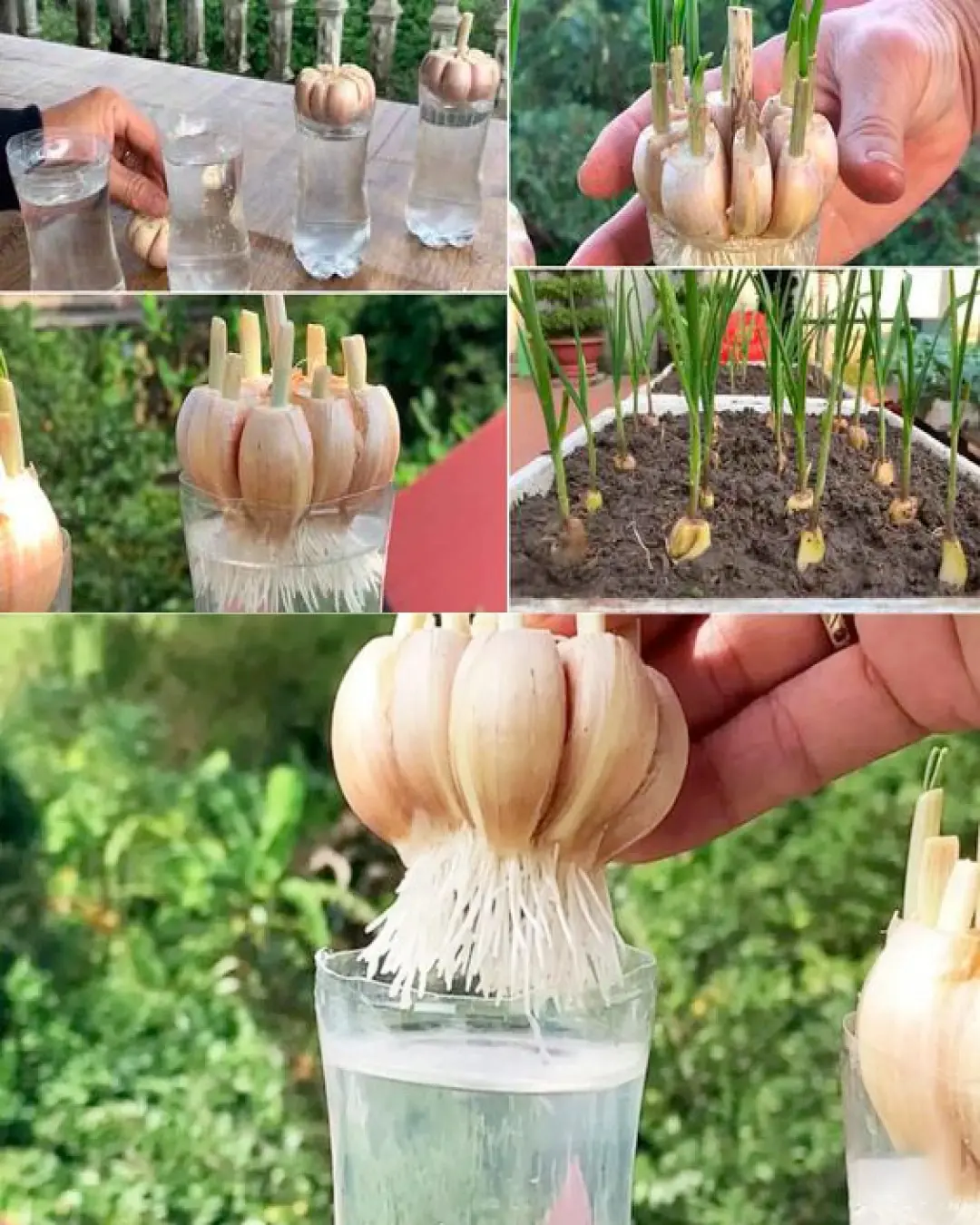
How to grow garlic indoors and care for it
Garden 07/06/2025 16:25

5 warning signs of oral can:cer
Health 07/06/2025 15:45

Doctor shares the three biggest regrets of dy.ing people
Story 07/06/2025 15:39

4 types of water full of bacteria, nutritionists warn to stay away
Tips 07/06/2025 15:21

Don't Do This After Washing Your Clothes! What You Think Is a "Good" Habit Could Be Causing You Disease
Tips 07/06/2025 15:11
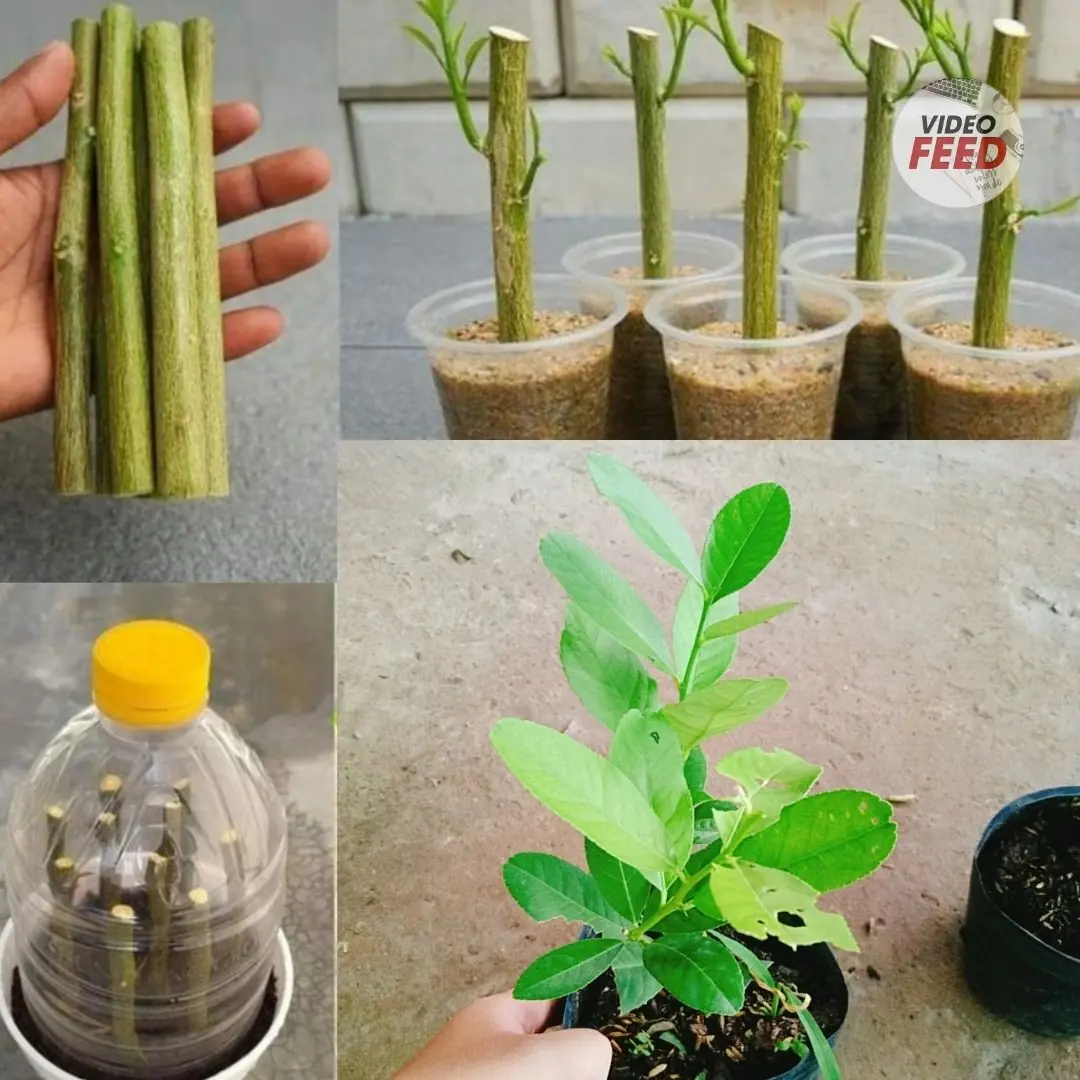
Techniques for propagating lemon trees from cuttings: From A to Z
Garden 07/06/2025 15:08

When buying shrimp, you have to "keep your eyes open" to avoid these 5 types of "toxically injected shrimp" that even long-time shoppers can easily mistake!
Tips 07/06/2025 15:05

How to Grow Coriander at Home Using a Simple Hydroponic Method
Garden 07/06/2025 14:20
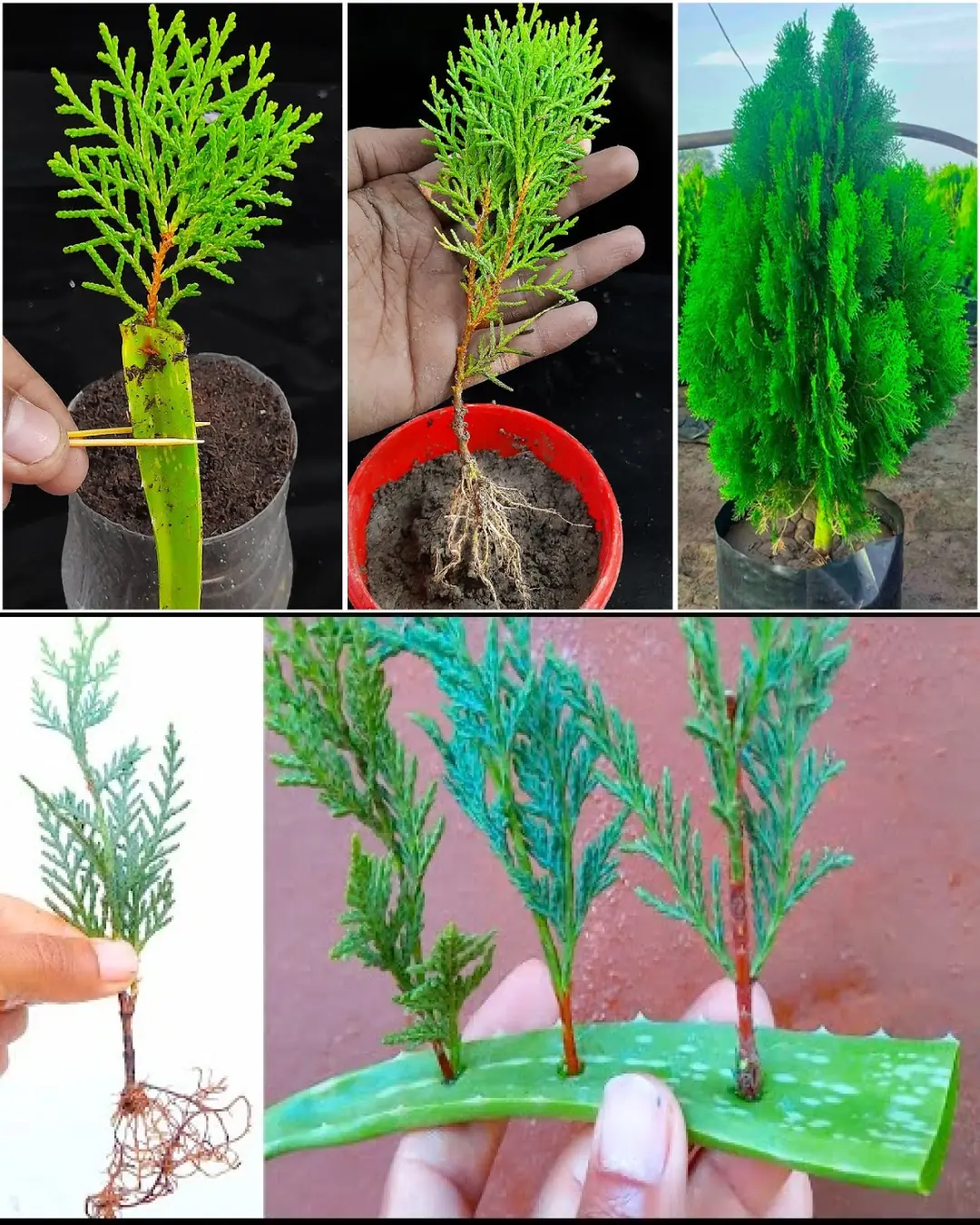
How to Propagate Thuja Plants from Cuttings Using Aloe Vera Gel
Garden 07/06/2025 14:16
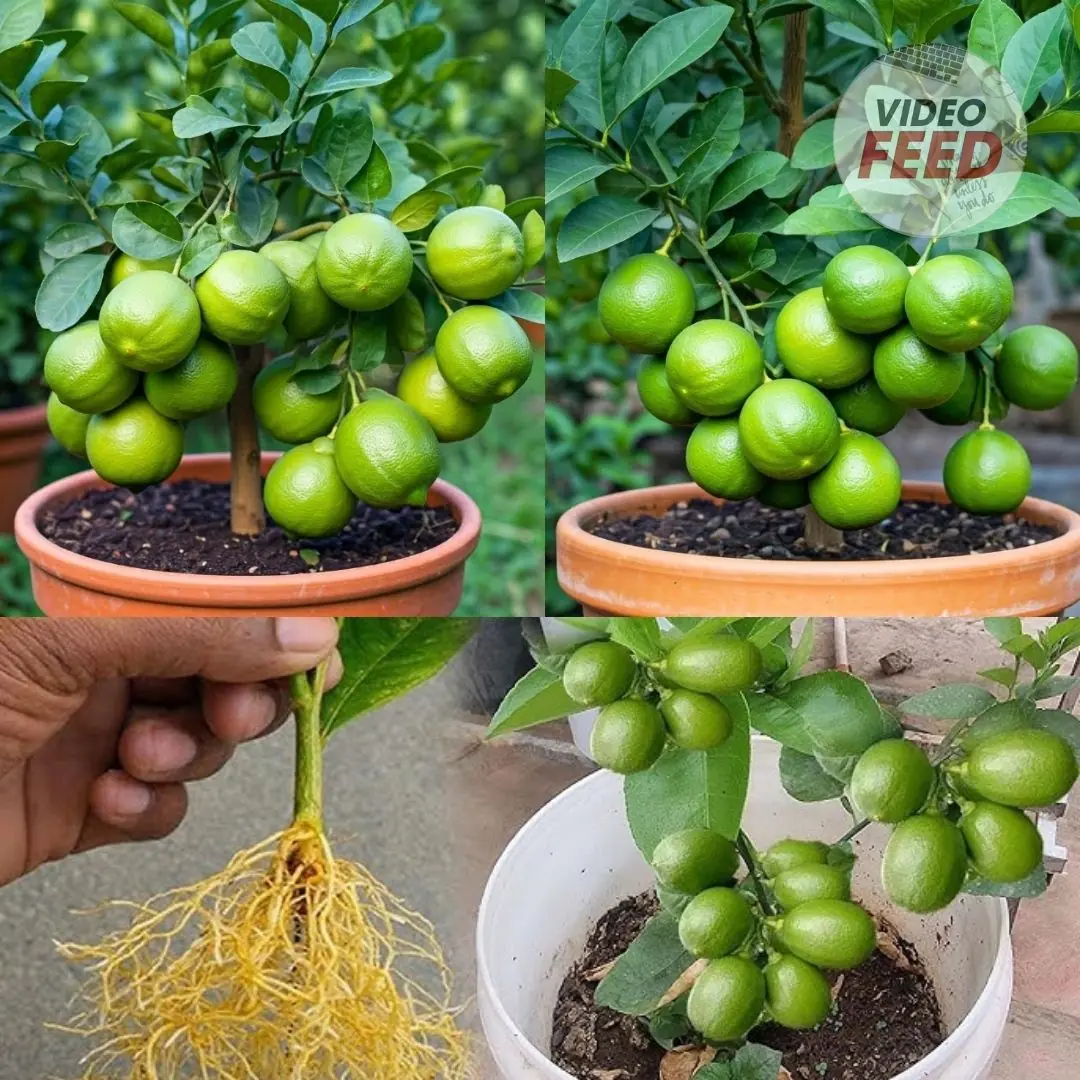
Lemon Tree Love: Simple Steps to Grow One at Home
Garden 07/06/2025 11:21

7 creatures that can get into your toilet and how to avoid them
Tips 07/06/2025 10:38

How to use air conditioner properly
Tips 07/06/2025 10:11

How to Grow Star Anise in a Pot – Exotic Spice at Home!
Garden 07/06/2025 09:28

15 Years Can.cer-Free: Japanese Doctor Shares 5 Simple Habits to Keep Can.cer Cells from Returning
Health 07/06/2025 02:17